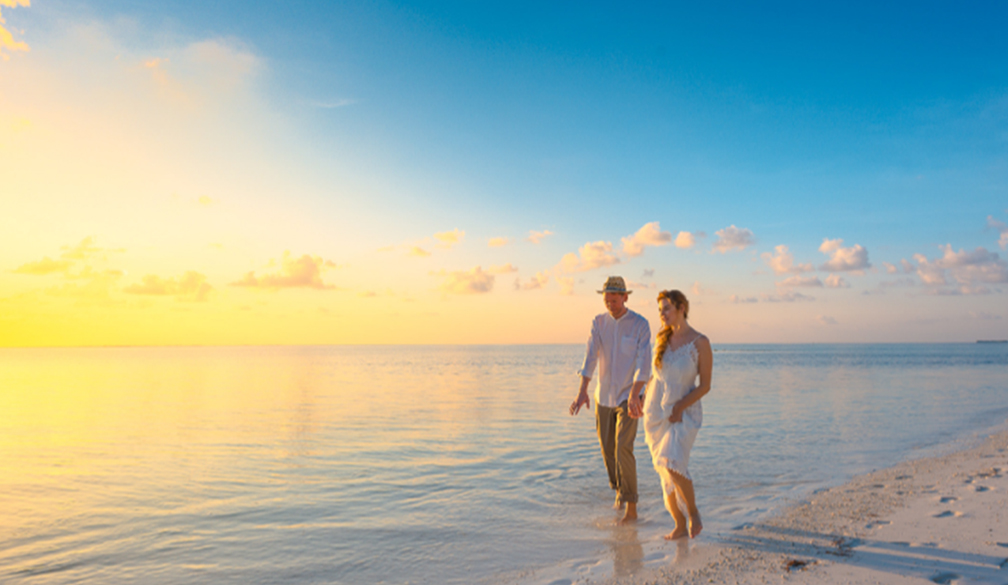Tips on How to Enjoy the Vacation with More Fun with Friends
- Written by Daily Bulletin

A fantastic event that you'll fondly remember from your travels with pals. Although we adore taking family vacations, we have more fun- when we travel with friends. However, traveling with friends is not always straightforward, and if you don't go by a few basic principles, it may become disastrous. If you plan to go on a trip with friends slot gacor hari ini makes your time more fun and enjoyable with the best gaming experience. Here are some suggestions for an enjoyable and memorable trip with friends.
You'll make enduring memories:
It will undoubtedly be more memorable if you bring pals along. Even peaceful times like watching the sunset over the water feel more special when shared with others. Meaningful encounters provide enduring memories that you and your traveling companions will appreciate and perhaps even laugh about long after the trip gets over.
Pay Attention to Others' Needs:
On vacation, in particular, good friends are constantly considerate of one another's needs. Be considerate of anyone who may have allergies, medical issues, anxiety, or anything else that might affect a vacation. Be particularly mindful of financial circumstances. It does not follow that your buddies can afford an expensive steak meal just because you desire one. Ensure you feel at ease, enough with your travel companions to be open about your budgetary constraints. The last thing anyone wants when on vacation is debt!
Do something kind together:
The Internet offers a wealth of knowledge on the many people and animals that need assistance. Make plans, decide on a cause that matters to you, and then go to the location of your charitable deed. You'll experience a new place, meet new people, and feel content. The fact that there are several people eager to provide a hand will give the folks you are aiding a renewed sense of hope.
Plan the vital tasks:
It might be helpful to write everything down now that you two agree on your vacation goals, preferences, budget, and worries. By planning and mapping out your trip, you can ensure you're covering all the bases and finding cost and location-saving opportunities wherever feasible. You may consider allocating time in blocks or giving each individual a day to plan. Additionally, you should conduct some research concerning reservations, special events, and operating hours, as you may avoid surprises and avoid having to rearrange plans when it might be more difficult.
Engage in Social Interaction:
There are a lot of venues where you may meet individuals to interact with. Many other residents, visitors, and even the shops you encounter along the journey would love to share your experience. To prevent this from happening, try new things with your travel companions. For example, eat at different street food stalls rather than sticking to your usual restaurants. If there is anything everyone has been yearning to see while traveling, go sightseeing as a group. Hold competitions where one person chooses an activity, and the person who wins gets to go along. Everyone can get along, enjoy themselves, and cross something off their bucket lists by doing this. If you merely smile and are outgoing, there are so many places in the world where people will enjoy spending time with you.








